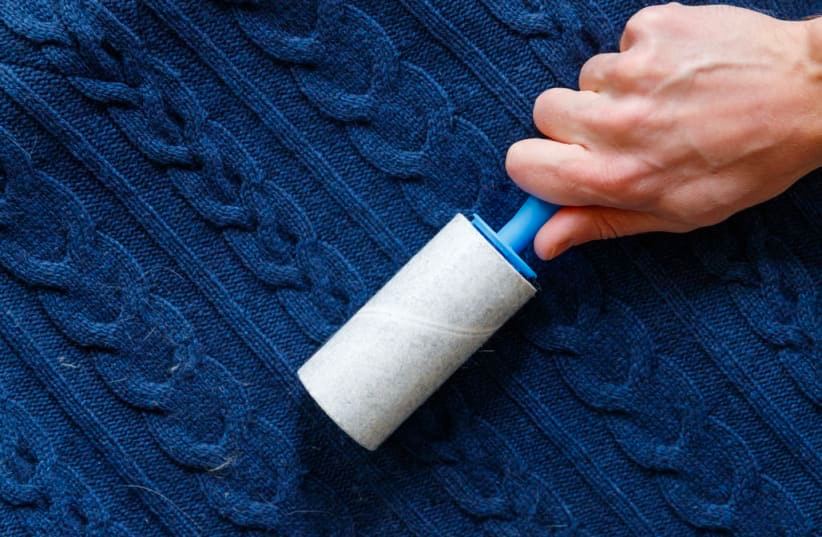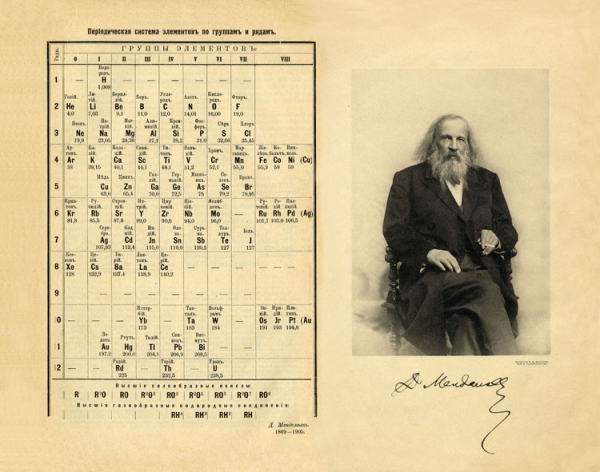Danish scientists have come up with a new technology to recycle used clothes instead of just burning them
Recycling used by still-usable clothing is a great thing – but when textiles are torn, hopelessly dirty or worn, they have to be thrown out. Many types of clothing today can’t be recycled because natural fibers like cotton or wool are mixed with synthetic ones, and they have to be burned or buried.
When you go running in the woods in your running tights, elastane — also known as spandex or Lycra, a synthetic fiber that is exceptionally stretchable – is often used in combination with other fibers. That is why athletic wear fits you so comfortably; is adopts to your body.
But when these synthetic fibers are mixed with cotton, wool, nylon or others, as is the case in many clothes today, the clothes become almost impossible to recycle. It is extremely difficult to separate out the different ones.
This may change, says Assistant Prof. Steffan Kvist Kristensen from the Interdisciplinary Nanoscience Center at Denmark’s Aarhus University. Together with a number of colleagues, he is behind a new technology that can separate out fibers in mixed fabrics. They just published their findings in the journal Green Chemistry under the title “Selective chemical disassembly of elastane fibers and polyurethane coatings in textiles.”
“We’ve developed a method to remove elastane completely from nylon. We’re not quite there yet with cotton, because some of the cotton fibers are broken down in the process, but we believe that, with some minor adjustments, we can solve this problem,” he declared. “In other words, we can disassemble the fabric so that we can recycle far more textiles in the future.”
Is it easy to separate fibers?
It is not easy to separate elastane and other fibers once they’ve been woven together. Clothing is made by winding the main fibers such as nylon or cotton around the elastane fibers, which consist of long chains of molecules. The fibers break apart only if we break the long chains of molecules, Kristensen, explained.
“The many links in the elastane chain are bound together by a small molecule called a diamine. By heating the clothes to 225 degrees Celsius and adding a specific alcohol, we have found a method to break down the bonds in elastane. When this happens, the chains fall apart and the materials separate.
“The whole process takes place in what is in effect a large pressure cooker that we feed the textiles into. We then add a little alcohol and some base and heat it up. Then we let it cook for just over four hours, and when we open the lid again, the different fibers will have been separated,” he continued.
When the Japanese attacked Pearl Harbor in 1941, the US lost not only several thousand soldiers, hundreds of aircraft, and many of its largest warships. It also lost access to about 90% of the natural rubber they depended on so much. Therefore, like the Germans, they began to produce synthetic rubber.
After the war, production of synthetic rubber led to the discovery of a number of derived synthetic fibers that could be used in textiles; one of them was elastane.
In 1958, the chemist Joseph Shivers invented elastane (it is known as Spandex in the US and elsewhere). Since then, elastane has found its way into more and more of our clothes.
Because most of the fibers need to be recyclable, using harsh chemicals is not an option, said. Instead. they use alcohol and add a potassium hydroxide base. “Potassium hydroxide is one of the main ingredients in ordinary drain cleaner. We found that adding this accelerated the process. It simply increases the speed of the chemical reaction,” he noted. He doesn’t know why this happens exactly, but it does break the bonds in the elastane.
“We’re pretty sure that potassium hydroxide increases the reactivity of our alcohol. Either that, or the bonds are broken down slightly by the potassium hydroxide, so it is easier for the alcohol to break them completely.”
So far, he and his team have experimented with only two nylon stockings at a time. The technology is therefore not yet ready for implementation at industrial scale because they have to cause much larger amounts of clothing to decompose. “We can scale things up only a little because of the limitations in our equipment, so it’s up to industry to embrace the technology and scale it up in earnest.
Kristensen said Denmark does not now have the facilities to exploit the technology at large scale. “The chemical industry in Denmark is small, but Germany has some of the largest plants in the world. They will most likely be able to use our method to recycle large amounts of fibers from elastane-containing clothes.
“To succeed with this, we need to get the large chemical plants on board. But they must see a business model in buying recycled materials and using them in the production of new fibers,” he concluded. If they don’t, the technology will never take off.”








